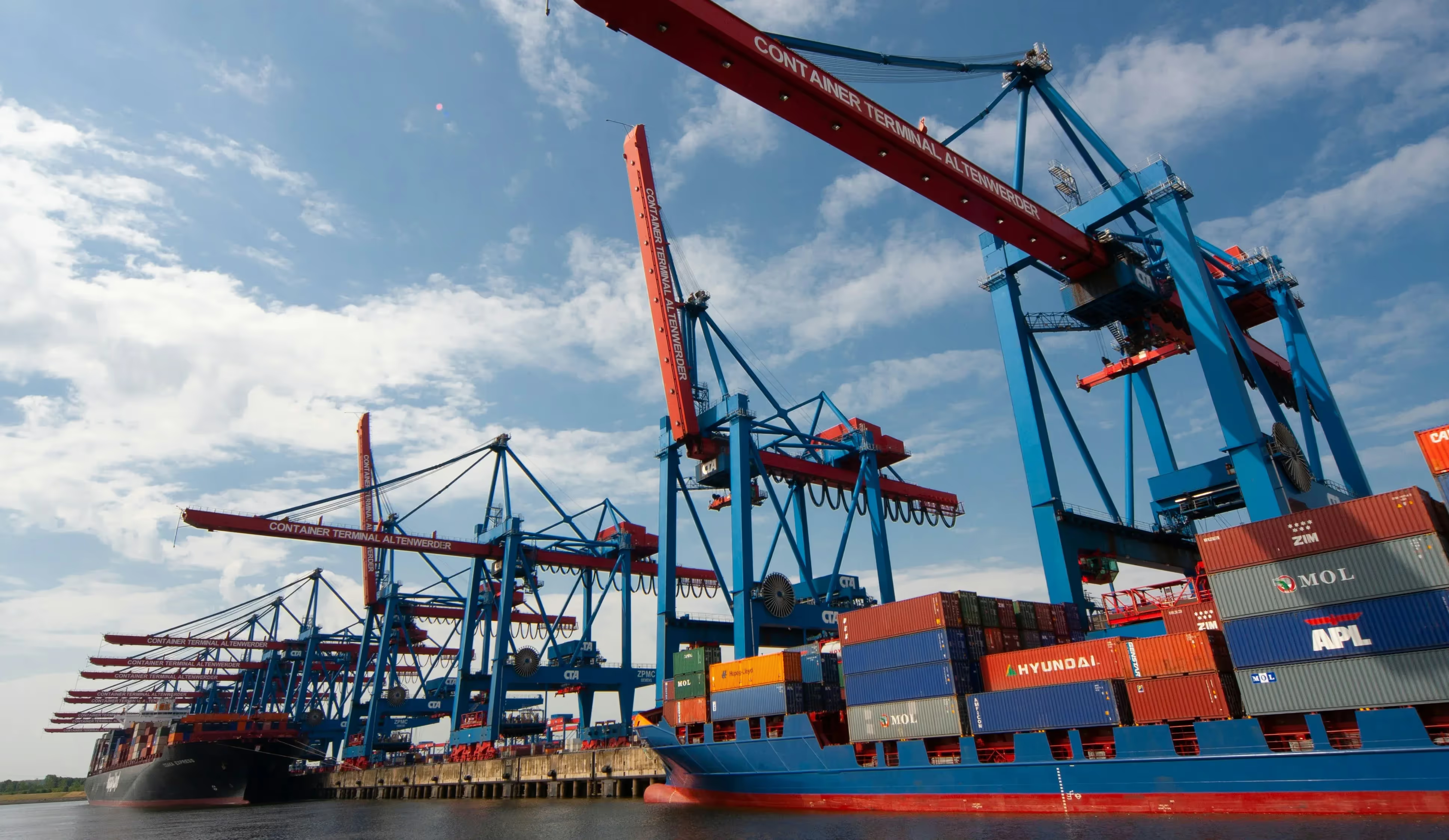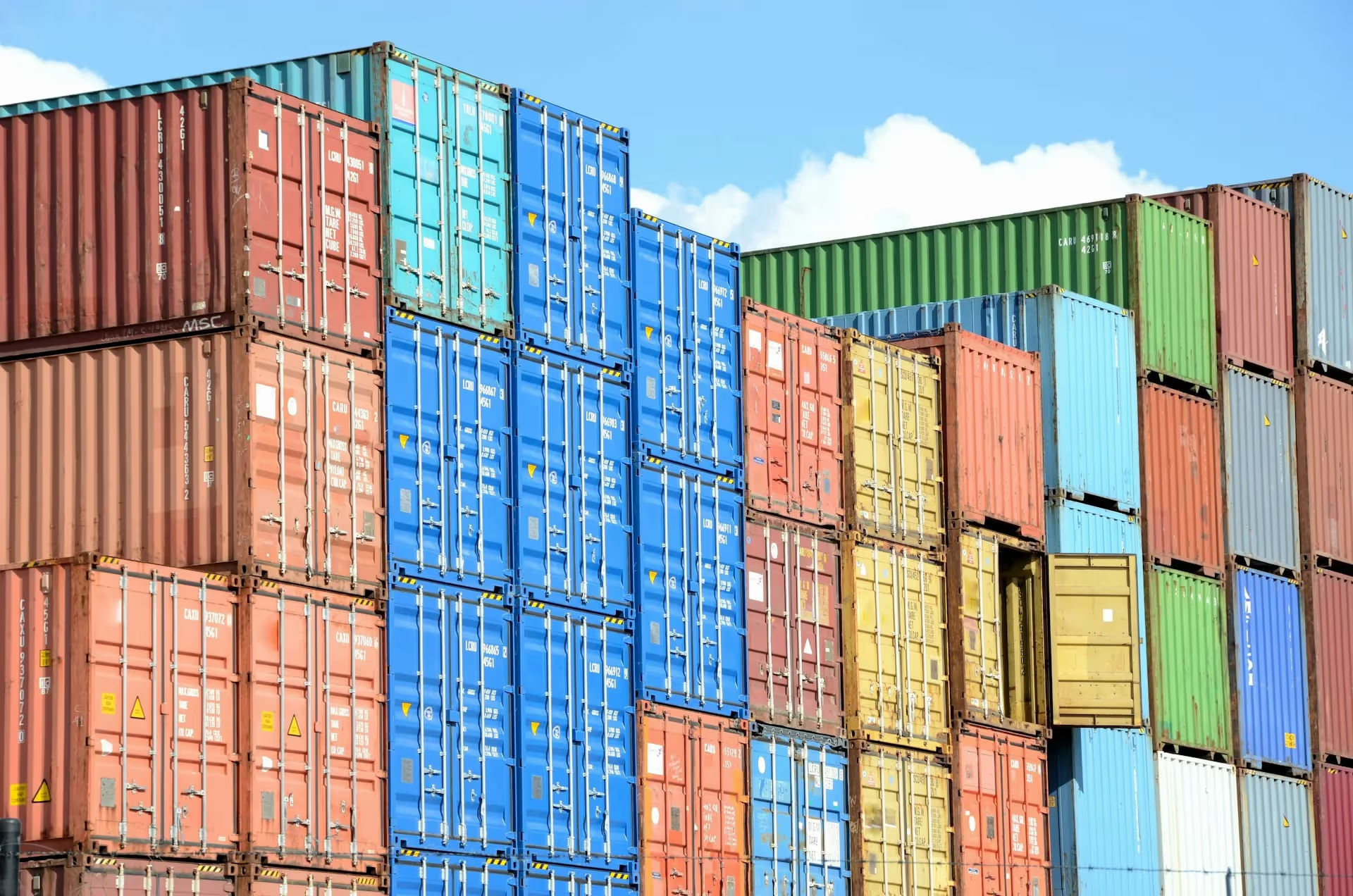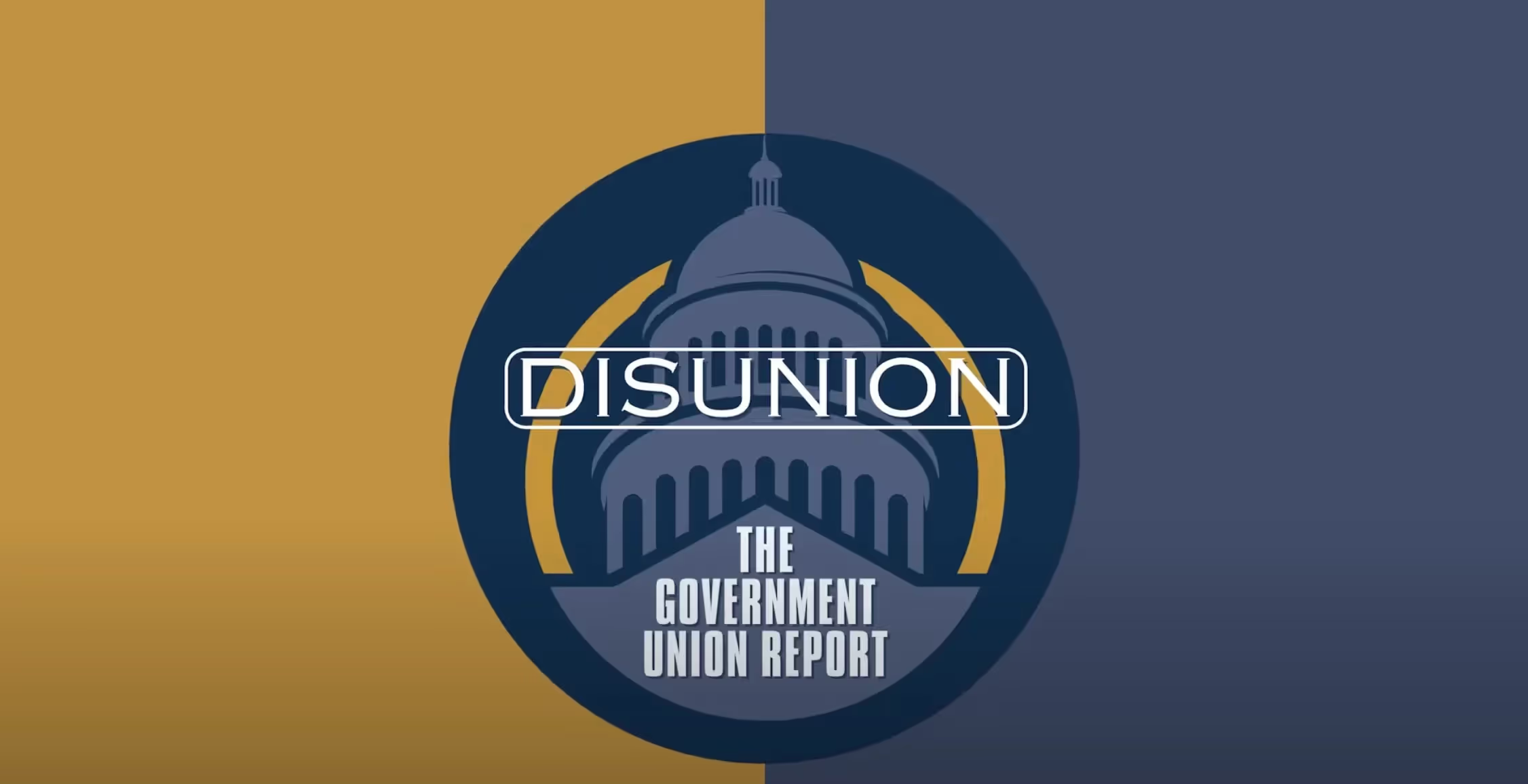
Reciprocal Tariffs Are a Tantrum Masquerading as Strategy
Trade wars are not so much a fight but a self-defeating spiral of economic ignorance.
Imagine for a minute that your neighbors are listening to loud music at all hours of the night, preventing you from having a good night’s sleep. Rather than talking to them, you reciprocate by playing your own loud music, thinking that doing so will impel them to lower the volume. Instead, not only do they not do this, but they get annoyed and turn the volume even higher, to which you respond in kind, perhaps going so far as to buy bigger and louder speakers. As a result, no one gets a peaceful night’s sleep; in fact, it is quite the opposite.
Unfortunately, this is eerily similar to the situation we now face with respect to international trade and the idea of reciprocal tariffs. Rather than convince other countries to lower their trade barriers, instead, we see countries doubling down on already bad and harmful policies.
Trade wars are not so much a fight but a self-defeating spiral of economic ignorance. They lead to higher prices for domestic consumers and producers, inhibit job growth in downstream industries, and lower overall well-being, particularly for low-income households. Tariffs, reciprocal or otherwise, are disastrous policies we need to excise from the American lexicon. Fortunately for us, there is a much easier and more applicable path toward achieving everything that the self-proclaimed “tariff man” wants to achieve and that better suits his proclivities.
Why Do Countries Impose Tariffs?
Tariff proponents use many reasons to justify them. First, they argue that tariffs raise revenues. Proponents correctly point out that tariffs almost exclusively funded the federal government until around 1913, when we switched to an income tax. They neglect to mention, however, that until about 1913, the federal government did very little compared to today. Social Security began in 1935, Medicare and Medicaid in 1965, and the Department of Education in 1979. In today’s dollars, the 1912 military budget was just under $11 billion (0.8 percent of 1912 G.D.P.). For 2024, it was $826 billion (2 percent of G.D.P.). As one could imagine, funding a government that did remarkably little was remarkably easy.
The public has been oversold tariffs’ efficacy for revenue generation today. The non-partisan Congressional Budget Office analyzed President Trump’s now famous proposal to impose a universal 10 percent tariff on all imported goods into the U.S. and a remarkable 60 percent tariff on all goods from China, specifically. They find that it would raise approximately $270 billion annually for the next ten years. This represents a sizeable increase compared to last year’s tariff revenue of about $80 billion. Against a total federal budget of $7 trillion for FY2025, however, the additional $190 billion in tariff revenue would be equivalent to the government getting a 2.7 percent raise. This is certainly not nothing, but to think that this moves the needle on our profligate Congress’s budget problems is clearly false.
Tariff proponents have also sold them as a means of reshoring domestic jobs. Unfortunately, this also has not come to fruition. The tariffs on Chinese tires, for example, that President Obama imposed were associated with about 1,100 jobs created in the domestic tire manufacturing sector and an estimated loss of 3,731 jobs in the domestic retail sector, for a net effect of negative 2,531 U.S. jobs.
More recently, the 2017 steel and aluminum tariffs resulted in around 1,000 jobs created or saved in the domestic steel and aluminum producing sectors but a loss of about 75,000 manufacturing jobs. A 2019 Federal Reserve report highlights this: "U.S. manufacturing industries more exposed to tariff increases experience relative reductions in employment.” To think that tariffs have a positive effect on U.S. job growth and economic livelihood is not mere wishful thinking; it is ignorance parading as intelligence.
Who Really Pays the Tariffs?
Tariffs are, in case this needs to be said, a tax on the importation of goods. The verbiage here is important: they are not a tax on the good itself but a tax on the act of importing the good. As such, the domestic consumer ultimately pays them. Insofar as foreign entities pay a tariff, it is through receiving less in payment, not through actually remitting any monies to, in our case, the U.S.
We saw this in the case of the tire tariffs. During the years of their imposition, the U.S. tire price rose by as much as 21.7 percent. Likewise, multiple studies have shown that 2017 steel and aluminum tariffs led to them being “completely passed through” to U.S. importers, consumers, and producers alike (see here, here, here, and here for some examples). This means that the tariff caused the price of steel and aluminum in the U.S. to rise significantly.
Essentially, this means that tariff policy caused domestic users, both consumers and producers, to face higher tires, steel, and aluminum costs. They also had fewer choices regarding where to purchase tires, steel, and aluminum. Paying more money for fewer choices is not a recipe for economic prosperity. On the contrary, it is a recipe for economic and strategic harm, as the now-smaller number of trading partners available each hold more power over trade relations with the U.S. than before.
Do Other Countries Flinch?
Given the above, one might be forgiven for thinking that this is an argument against tariffs themselves and that what we’re really talking about is reciprocal tariffs. Unfortunately, everything above applies regardless of the tariff policy’s intent.
Reciprocal tariffs are a tool intended to convince other countries to lower their tariffs against the U.S. or to reduce their trade restrictions. The thinking goes that in doing so, the U.S. would benefit from more, freer trade with other nations, and we would not have to impose these disastrous policies on ourselves.
Indeed, Adam Smith writes about this in The Wealth of Nations, saying:
There may be good policy in retaliations of this kind when there is a probability that they will procure the repeal of the high duties or prohibitions complained of. The recovery of a great foreign market will generally more than compensate the transitory inconvenience of paying dearer during a short time for some sorts of goods.
He continues, noting:
When there is no probability that any such repeal can be procured, it seems a bad method of compensating the injury done to certain classes of our people, to do another injury ourselves, not only to those classes but to almost all the other classes of them.
In simpler terms, Smith is pointing out that tariffs and other trade restrictions (or the threat thereof) can be useful if and only if they convince other countries to lower their trade barriers against the U.S.
There is a kernel of truth there, but the reality is that tariffs have very limited and diminishing applicability in this capacity. They work against economies smaller than the U.S. and have a disproportionately high reliance on maintaining strong economic relations with the U.S. That countries like Columbia, Mexico, and Canada capitulated, at least initially, to threats of economic sanctions against them is no real surprise.
But against a country like China, which, compared to Columbia, Mexico, and Canada, has a much larger economy and a much more diversified portfolio of exporting and importing partners, U.S. trade restrictions are much less likely to be successful. A 2024 US Trade Representative report confirms as much, noting that in response to the Section 301 actions:
China has not eliminated many of its technology transfer-related acts, policies, and practices, which continue to impose a burden or restriction on U.S. commerce. Instead of pursuing fundamental reform, the Government of China has persisted and even become more aggressive, particularly through cyber intrusions and cybertheft, in its attempts to acquire and absorb foreign technology, which further burden or restrict U.S. commerce.
Tariffs have not worked against China in the past. Each President since the year 2000 has imposed tariffs against China, specifically attempting to get them to change their tune vis-à-vis trade policy with the U.S. With twenty-five years of history, we should expect at least some progress on this front by now. Sadly, we have the same result: China continues to double down on trade restrictions.
A Better Path Forward
Fortunately, there is a simple path forward: bilateral reductions in trade restrictions where possible and unilateral reductions where they are not. If the U.S. has one advantage in having Donald Trump as its president, it is his savvy business sense and insatiable desire to make a deal. His billions of dollars did not come from strong-arming and threatening his many business associates. Nowhere in The Art of the Deal does it talk about issuing threats to other people. Instead, in his own words, his success came from his tenaciousness in never giving up on finding a deal that works for both parties.
Trump should take a page out of his own book. Rather than threaten other nations by putting American manufacturers and consumers in the crosshairs, he should instead apply the same unyielding desire to find a deal with countries worldwide to lower trade barriers. Doing so would enrich all Americans’ lives, boost domestic manufacturing, and lower prices for both American producers and consumers. If these goals sound familiar, it is precisely because they are what Mr. Trump promised to do on the campaign trail.
Reciprocal tariffs aren’t just bad policy, they’re a tantrum masquerading as strategy. It’s time for the U.S. to put down the “trade weapons” and start looking to make handshakes.
David Hebert is a senior research fellow at the American Institute for Economic Research.
Economic Dynamism

The Causal Effect of News on Inflation Expectations
This paper studies the response of household inflation expectations to television news coverage of inflation.
.avif)
The Rise of Inflation Targeting
This paper discusses the interactions between politics and economic ideas leading to the adoption of inflation targeting in the United States.

Ignore 'Open Letters' From Economists
Don’t be swayed by “open” letters signed by well-known and well-respected scholars, experts, professors, and businessmen.

Demystifying the New Deal
Carola Binder reviews False Dawn: The New Deal and the Promise of Recovery, 1933–1947 by George Selgin

Texas Stands on Commerce
Clear limits on shareholder resolutions have made Texas a model of business certainty — and business is flooding in.

America Needs Its Hidden Champions
From imaging systems to next-gen GPS, small and midsized manufacturers are quietly rebuilding America’s industrial and defense backbone.






.jpg)



.avif)




